I came to San Martín de los Andes almost by accident. I hadn't included it in my travel schedule, because I thought it was going to be extremely expensive to stay there, as it is in most heavily touristic towns in Patagonia. Well, it is a bit expensive at times. But I was recommended a place to stay and I must say it was the best decision in the whole trip.
The hostel is called Ladera Norte, and faces (precisely) the northern slope of the hills that surround San Martín de los Andes. You need to go up Rivadavia St. on the direction away from the bus terminal.
It was reasonably priced, the service was very good, and the place just opened in last December, so everything from the kitchen to the bathroom sink was brand-new. The best thing was that Santiago, the owner, is a certified tour guide, so he can advise you on all sorts of stuff to do and the best way to do it.
It was Santiago, for example, who told me to go to Hua Hum. After looking at my map, I wanted to visit the nearby lakes; I picked Lake Lolog at random and told him: "I'm going to Lake Lolog — do you know if there's a bus to take me there, and what's the place like?". His reply: "Lake Lolog? Why? That's a shitty lake. You can't go there. You must go to Hua Hum." I obeyed.
Hua Hum is a place on the north of Lake Nonthué, which communicates with Lake Lácar's western end. To the west of Lake Nonthué and Hua Hum is an international pass, and Chile. It's not that close to San Martín de los Andes (2 hours on a bus), but Santiago promised it would be wonderful. It was true.
I arrived and began asking questions, and concluded that my best bet was trekking to the cascade (there's always a cascade!) known as Chachín. The cascade turns into the Chachín River, which empties into the lake, and there are many quiet places along the shores.
If I remember correctly the cascade was said to be about 6 km from the departure point. The way went from a reasonably good dirt road to a steep, winding path full of tree roots and loose stones. It took me about one hour to get there.
(Again one for the newly spawned amateur photographer: if you're trying to photograph a cascade in the sun, forget about getting it all in one shot. You can have the rainbow and the bright surroundings but you can't have the subtleties of colour and contrast and the nice bubbles in the water. Take two pictures. Overexpose the water in one, and underexpose everything but the water in the other one.)
I waited until the rest of the anxious photographers got tired, munching patiently on one of the sandwiches I'd brought with me. Then I did my thing alone, in peace. You can't take a picture while a dozen people are trying to get in the same frame for their friends to take theirs.
I was severely wasted, even after such a short walk. The cumulative effect of sun, dust, wind, hiking, and a macho cold that I'd caught, had made me soft. I took all the time to finish my meal, take pictures, and go back. I lost myself on purpose, took pictures of plants and flowers and insects, and then returned to the path, down toward the river. There I sat myself on the shore, took off my shoes, unpacked another sandwich, and stayed for a while. I'd been feeling not only ill, physically, but also a bit melancholic — but the peace of Hua Hum really healed me.
I had a small problem now — I had to decide what to do with the rest of the day, since the bus would be coming rather late. I had the whole afternoon to myself, but I was still feeling tired, and the only place where I could possibly go was Pucará, a camping site on the southern shore of the lake, 8 km from where I was. Moreover, the road was not a tree-shadowed path across a lovely forest, but a dirt road under the fierce sun. I didn't have that much water with me, and would've rather lain somewhere to sleep.
In the end, all I did was walk around until I found the lake, and then I had coffee and an alfajor at the small inn beside the shore. There was a beach, a real beach with small pebbles and people sunbathing, and a wooden pier in the distance where someone was fishing, and a couple of kayaks in the water. I took out a towel, turned my backpack into a pillow, and half-napped there for an hour or so.
I have this obsession with filling my time with "useful" tasks. Yet lying there, doing absolutely nothing (not even looking around for good photo opportunities), was something I needed and hadn't perceived during all those past days of running around, following tight schedules. I think I slept for short stretches, though I can't be sure. I didn't take advantage of everything Hua Hum has to offer, to be sure, but I did take a lot of peace of mind with me.
All right, so this is not the final installment as I promised... Bear with me just one more day! I still have to tell you about my last day and a half in San Martín de los Andes, where I met nice people and did some more minor exploration, and then finally came back to Rosario.

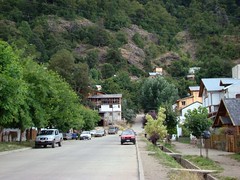

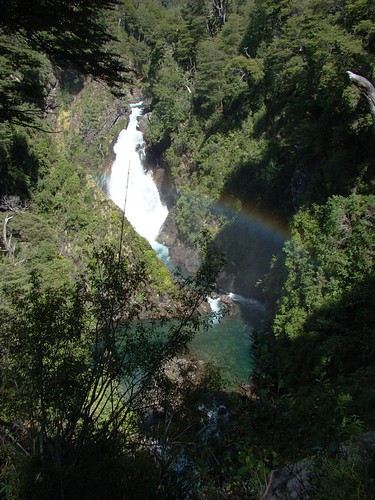
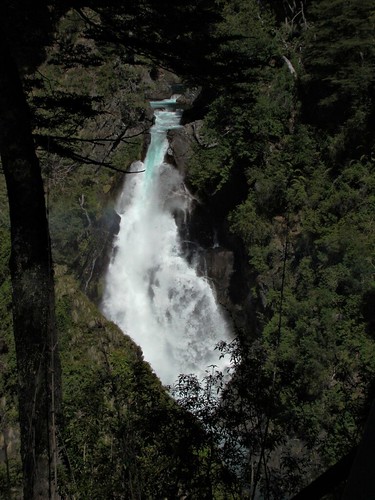
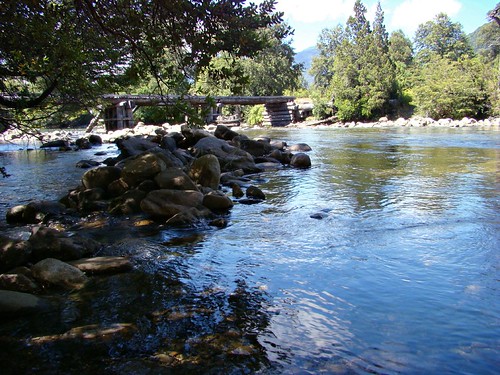
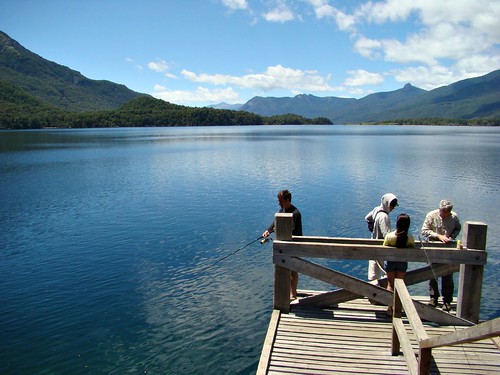
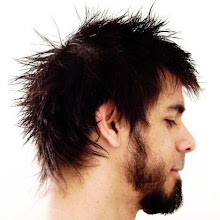











Buenas. Te cuento que la Quebrada del condorito está genial. Podés subir desde el Paraje el cóndor, en altas cumbres, o desde la localidad de San Clemente, pero ahí necesitás marcarte algunos puntos en un gps o subir con guía, que cobran maso 100 pesos el día. la caminata desde Calamuchita es mucho mejor que la otra, que es corta y sobre una meseta donde no hay que hacer esfuerzo alguno. Además, al ser parque nacional, los guardas no te dejan recorrer mucho.
ReplyDeleteTe aconsejo que salgas desde san clemente, si te interesa, después te cuento cómo llegar.
Así que estuviste en Hua Hum? Yo estuve el verano pasado en bicicleta. Qué groso el Queñi y el Mallo!!!
Me quedan pendientes muchas cosas allí.
Un abrazo.